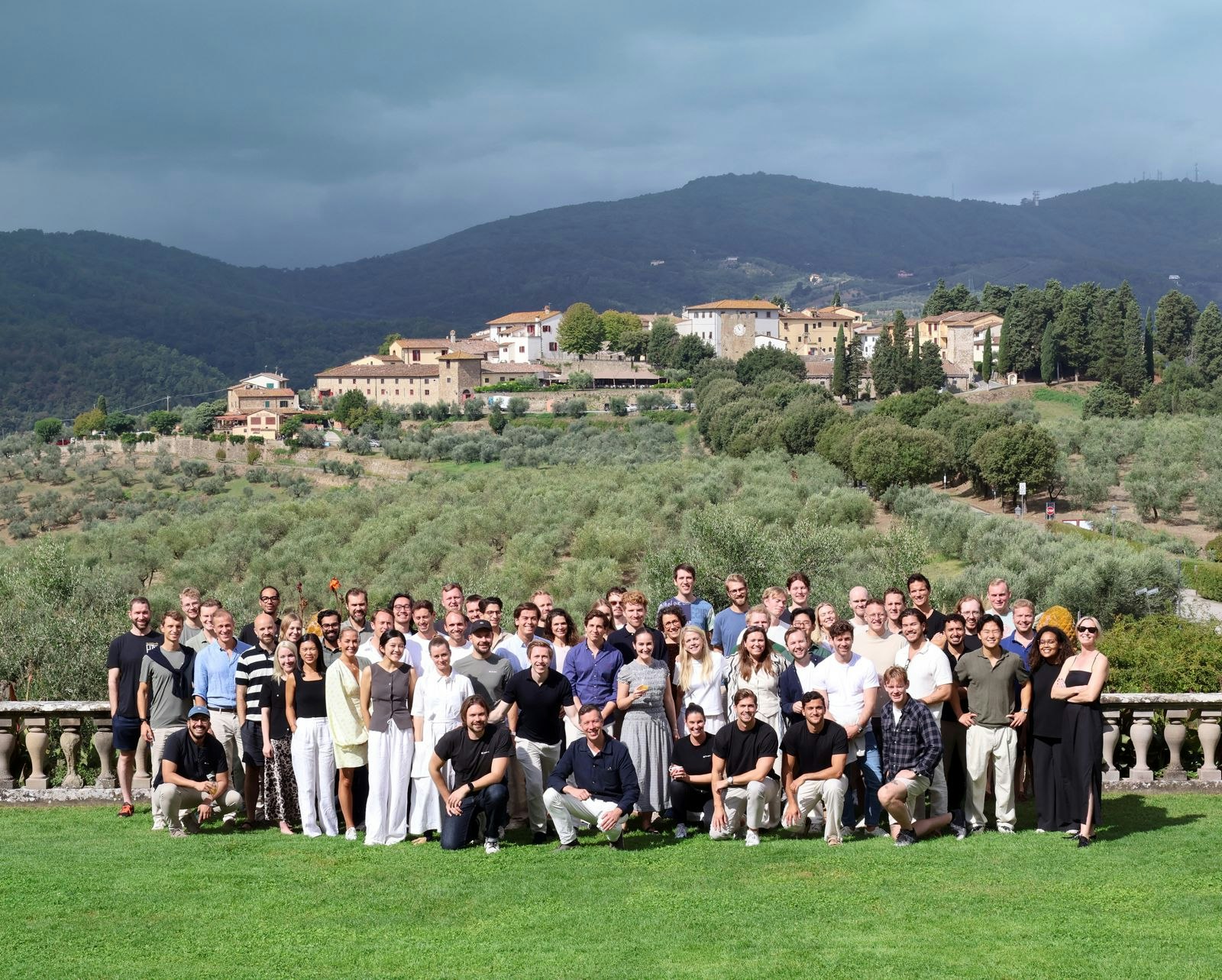Despite their promise, the costs, regulation and complexity have made many big pharma companies wary of investing too much in stem cell and other regenerative medicine. That's leaving an important opportunity to enterprising startups.
Bigger companies tend to focus on targeting big disease areas, explains Laura Koivusalo from StemSight, an all-female Finnish healthtech company. With less funding and fewer resources, startups tend to focus on conditions affecting smaller groups — meaning they can lead on targeted solutions for particular illnesses.
Koivusalo’s company, a spinout from Tampere University in Finland, is emblematic of this: it’s working on an off-the-shelf stem cell treatment that can regenerate cells in the eye’s cornea to cure certain types of blindness.
StemSight has just secured €500k in funding from deep tech investors Voima Ventures and Avohoidon Tutkimussäätiö.
Corneal blindness
The condition Koivusalo’s team is working on is caused by burns or trauma to the surface of the eye. There are currently 300 new cases each year in the EU and, at present, it’s untreatable.
“Currently, there are really no good treatment options, and it affects very young people. The average age [of patients] is 34,” explains Koivusalo. “This means it causes a significant burden to society. In Finland, for example, we know we have patients who are young mothers who can’t see their children.”
“We use induced pluripotent stem cells. They’re cells that can be taken from the blood, for example, of healthy donors, and they can be reprogrammed to be cells that can form unlimited copies of themselves, as well as any cell of the body,” she explains.
The team have developed methods to then make them into a cell type that can regenerate the cornea and will self-regenerate once introduced into the eye.
Other stem cell eye therapies
The team’s treatment is currently in the animal phase of trials and is estimated to go to human clinical trials in 2025.
“Stem cell therapies are still quite rare,” explains Koivusalo. “And we haven't seen any clinical products available yet on the market, based on these pluripotent stem cells.”
Certain types of blindness can be cured using cornea transplants, but there’s a shortage of donors worldwide and the specific condition StemSight is working on isn’t treatable through transplant.
One company in Germany is working on the same condition as StemSight. It uses cornea tissue taken from the healthy eye, and implants it into the damaged eye — though, unlike an off-the-shelf treatment, this relies on the patient having one healthy eye.
There are also stem cell treatments being developed for the back of the eye, the retina.
It’s an exciting time to be working in stem cell treatment, Koivusalo says. “There are a lot of things bubbling under, but I think we're sort of hitting the spot of the maturation of the technology.”



